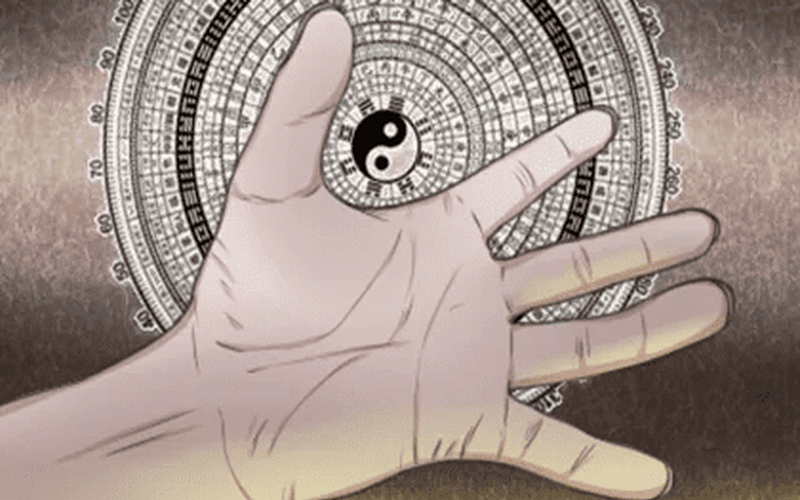Why didn’t humans evolve to possess venom like snakes?
In fact, this question has no definite answer, because evolution is a random process and we cannot actively choose our natural direction of evolution. We all know that in the wild natural world, there are many animals that have evolved and possess extremely terrible venom.
For example, the mean lethal dose of venom secreted by thin-scale taipan snakes is 0.025 mg/kg. Normally, taipan snakes can secrete between 125mg and 400mg of venom in a single attack, enough venom to kill 250,000 rats, 100 adults or two African elephants. In addition to amphibians or reptiles, mammals can also possess venom. The platypus, for example, has hollow spines on its hind limbs that can secrete toxins.
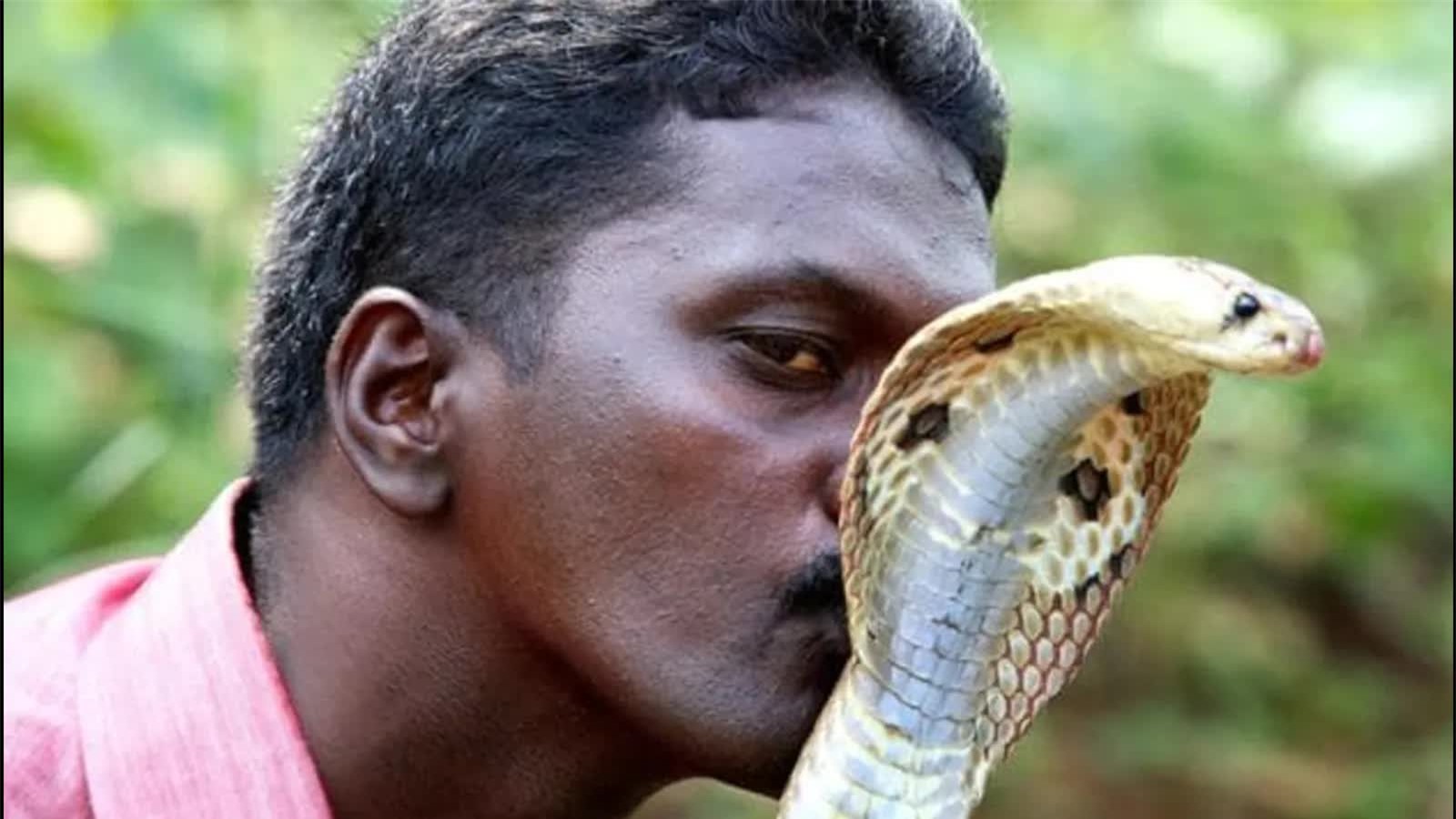
Illustration.
In fact, it is more precisely because of the primitive platypus that they have evolved to possess venom. If you think carefully and look at it from a scientific perspective, you will find that almost all animals with strong venom are small or relatively primitive species. And small size or primitive evolution is not at all what describes humans. Instead, we can see that for animals of large size and complex evolution, most of them use physical attacks and intelligence. Organisms tend to forgo venom on evolutionary trees, which may explain why mammals and birds have few species that attack with poison.
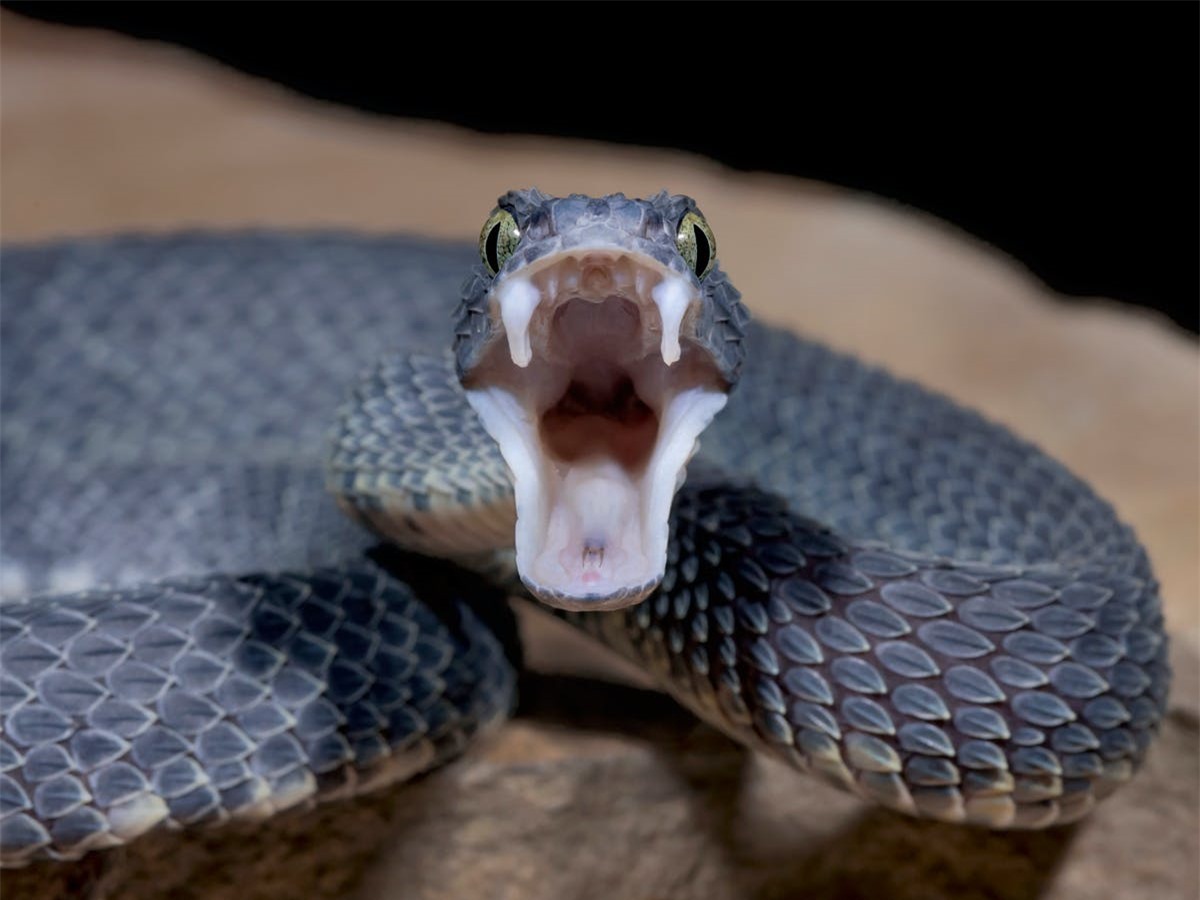
The venom of the species that taipan is very dangerous, the dose of venom of each bite can kill 100 people or 2 African elephants, but this is just our calculation, in reality, there are many little chance for this snake to meet a human,
Why is that? The main reason is poison resistance, many species in the natural world can easily resist 100% toxin, while resistance to physical attack cannot be so effective.
A good example of this is the African honey badger.

Honey badgers are known for their indifference, if they want to do something, they will try to do it. Despite their modest size, they can eat a 1.5 meter long cobra in just a few minutes. However, when honey badgers attack cobras, they are often bitten by the snake. Usually these bites do not have an immediate effect, usually when they finish attacking and eat half of the snake, they will pass out, but that’s okay, just a few hours for the snake venom to decompose in the body, and they may wake up to continue eating the rest of the snake.
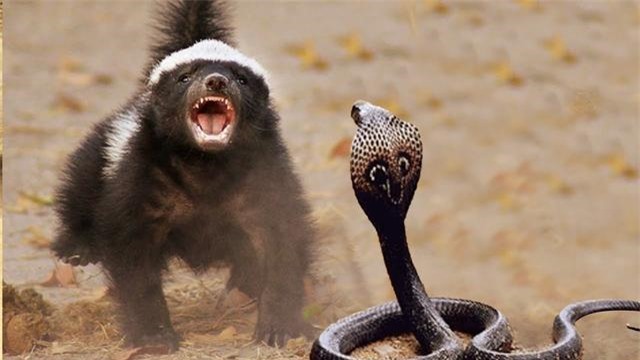
So how does the antitoxin mechanism work? Cobra venom has two main functions, one of which is to kill the victim quickly. The second is to disrupt the victim’s cells. Therefore, the focus of antivenom is mainly on these two criteria, against the first wave of deaths, eliminating residual poisons.
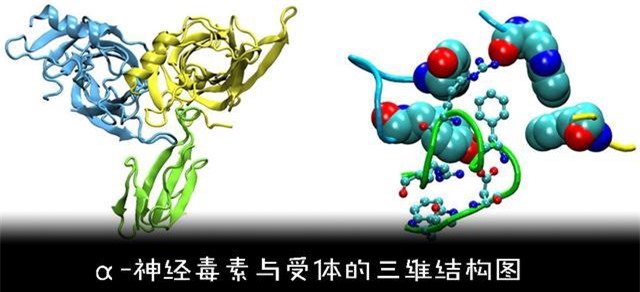
Snake venoms are protein fragments called polypeptides. In the case of the king cobra, the rapidly lethal component of its venom is the alpha neurotoxin. The function of alpha-neurotoxin is to bind to nicotinic acetylcholine receptors, making them unable to generate electrical signals, thereby paralyzing the muscles, causing respiratory and cardiac function to stop beating and death.

Meanwhile, the honey badger has a special mutation in its DNA that makes its acetylcholine receptors smaller, so the alpha neurotoxin in snake venom is difficult to reach and work, to imagine. This is more like a large SUV that has to be parked in an elevator. Although it still has an inhibitory effect, the power is greatly reduced, not enough to endanger life.
The second criterion is the elimination of residual toxins, and this is the function of the immune system. In theory, humans could also detox themselves by secreting antibodies that bind to polypeptide molecules to inactivate them. However, most of us have very little contact with snakes and very few people are bitten by snakes. Therefore, our immune memory of snake venom is completely empty, so after being attacked by a snake, the body has not yet secreted antibodies, the cells have been destroyed.
It can be seen that fighting snake venom is not particularly difficult, if the mammals are large, live in a frequently exposed environment and have to fight the venom, they may be able to evolved “poison resistance”. In fact, there are four species of animals in the wild that are resistant to their own venom, the honey badger, the Suricata suricatta civet, the Erinaceinae porcupine, and the wild pig (depending on their distribution), all of which have same mutation in the acetylcholine receptor gene.

A venomous cobra can kill 20 people, but not a pig, which shows that this is not a great skill.
On the other hand, what about physical attack? With basically no particularly good defense against physical attacks, even giant sea turtles with incredibly tough shells can still be bitten by sharks. Strength, speed, and agility are the evolutionary paths of biological competitiveness.
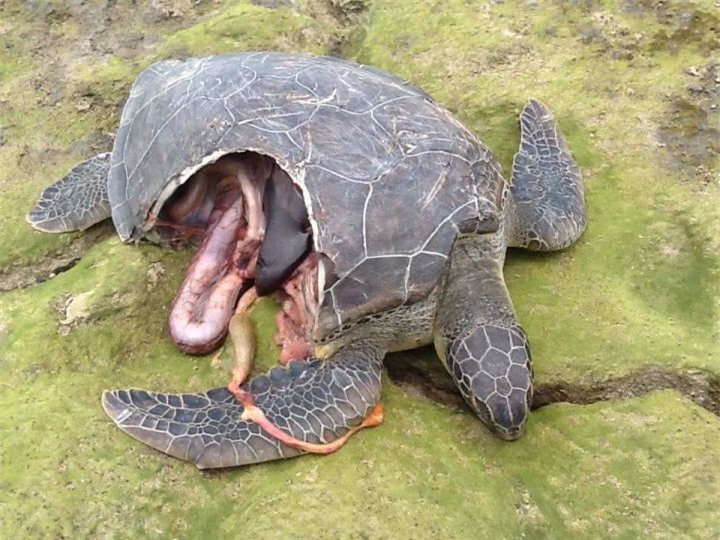
There is also the other fact that small venomous creatures have never dominated the food chain, and the extremely poisonous golden dart frog still has natural enemies. And the original venom was not born from animals. The real owners of poisons in nature are plants. Conceptually, all plants are poisonous, but it does not affect all animals, such as the toxins in cocoa beans and coffee. These ingredients can be toxic to dogs and cats, but are completely harmless to humans and goats.
at Blogtuan.info – Source: danviet.vn – Read the original article here
